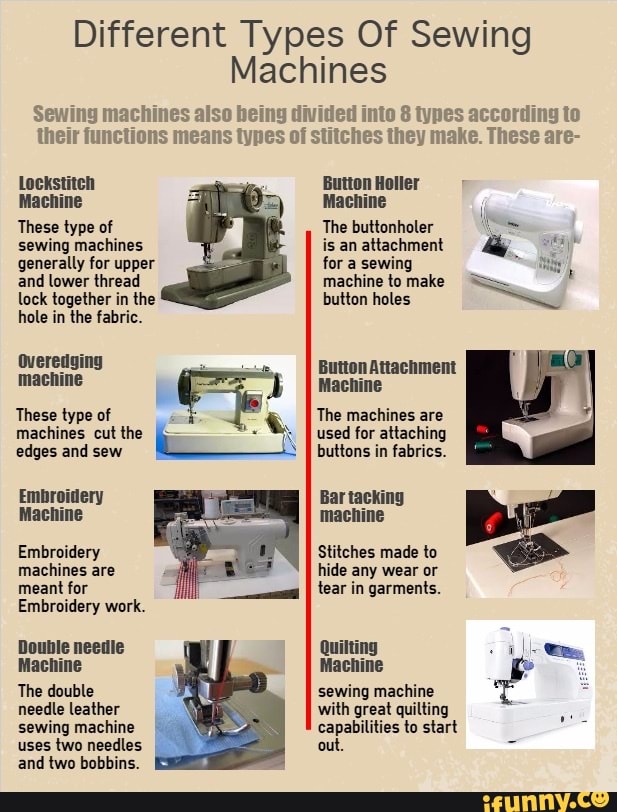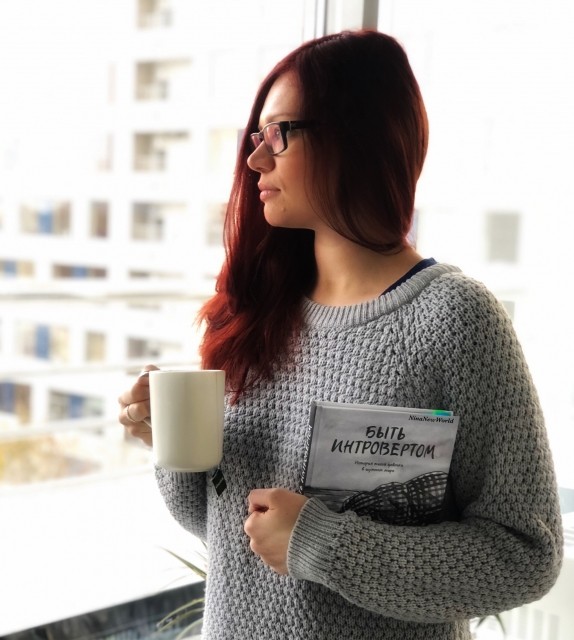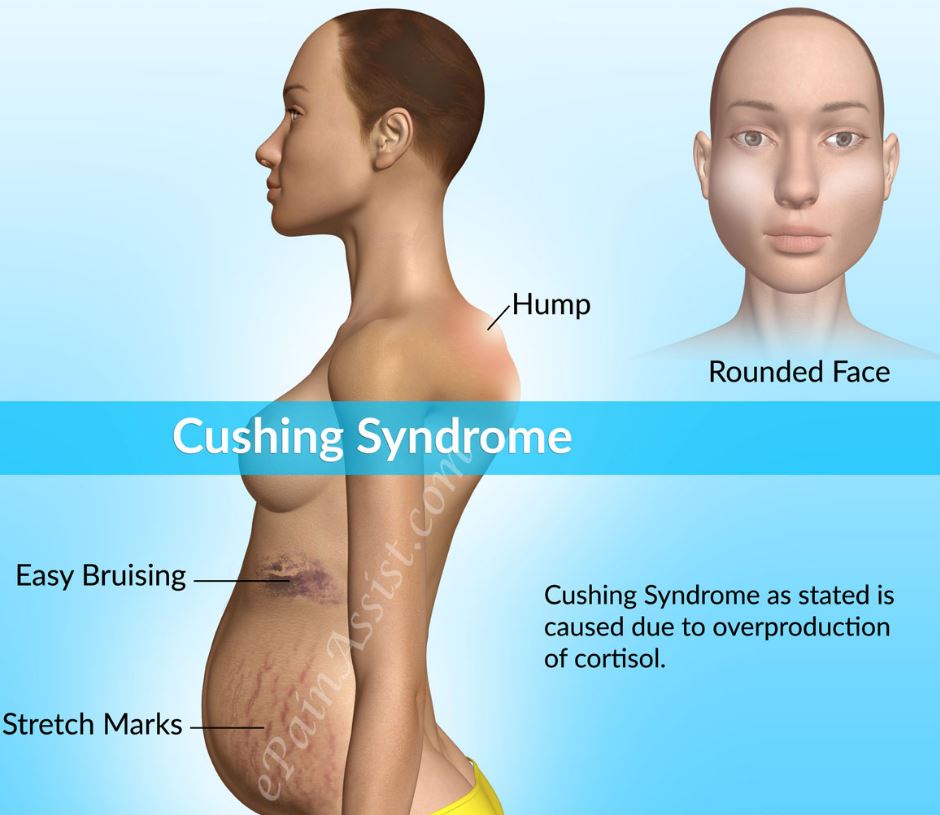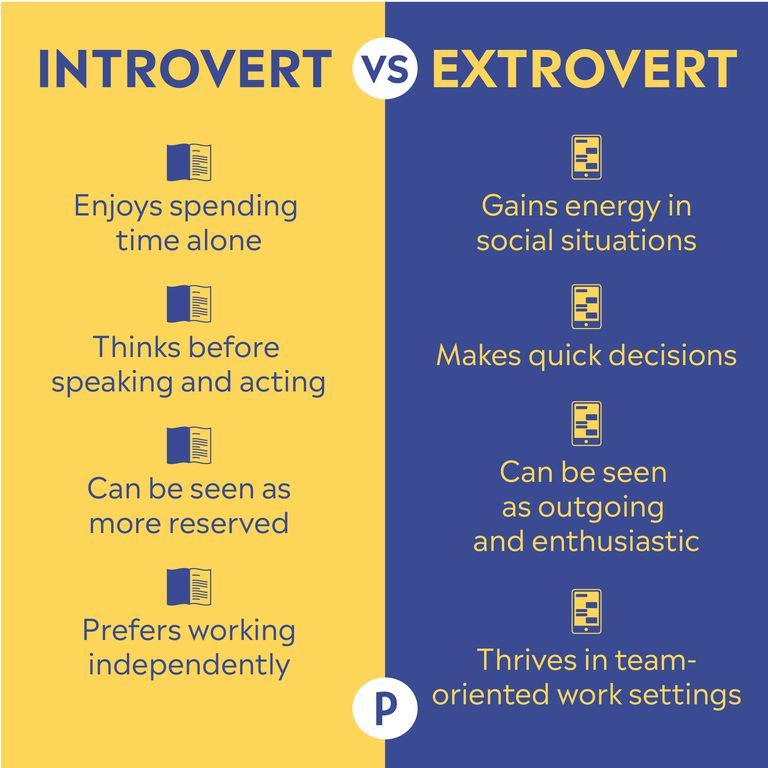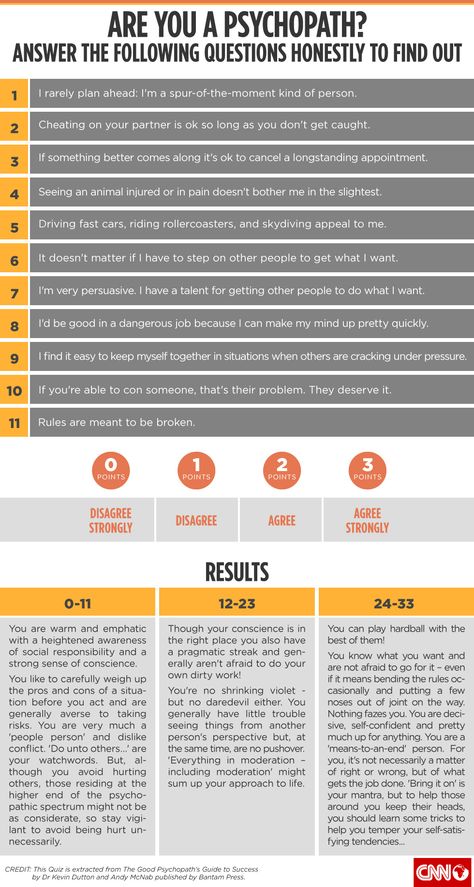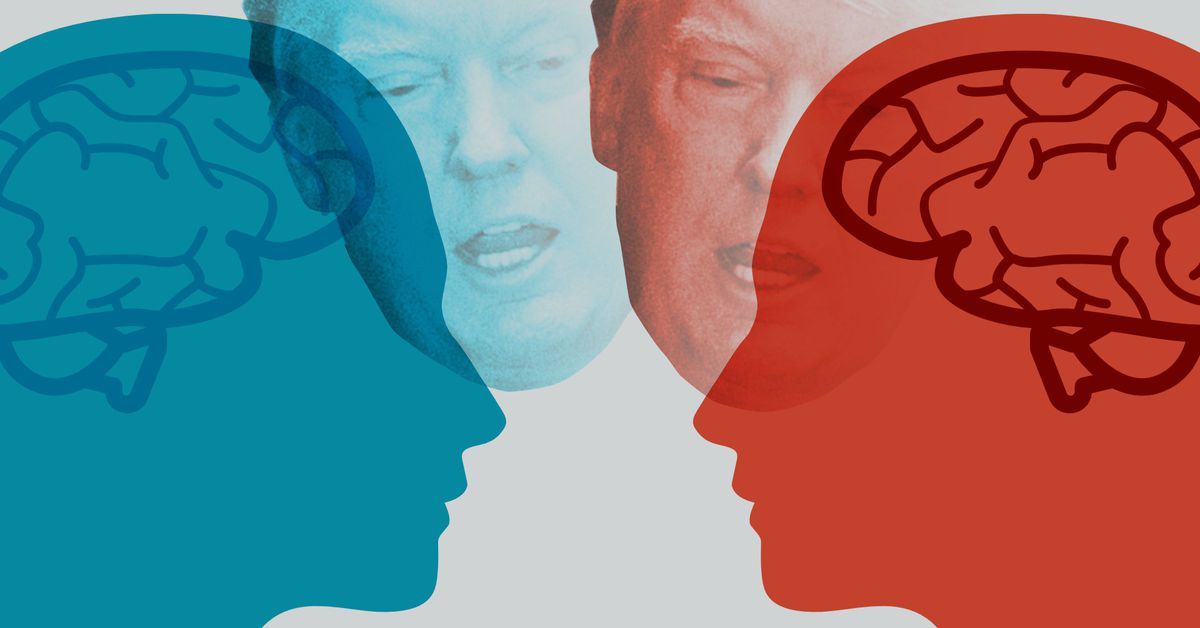Different types of attachments
4 Types of Attachment: What's Your Style?
Secure. Avoidant. Anxious. Disorganized. Which type of attachment style do you have?
Have you ever noticed that you usually think and act in certain ways in romantic relationships?
Maybe you’re a bit jealous and afraid of being alone for too long. Or perhaps you feel confident and totally trusting of your partner.
One possible explanation for these patterns is attachment theory. Knowing your unique attachment style can help you become more self-aware and build healthier long-term partnerships. Changing attachment styles is possible.
Founded by psychoanalyst John Bowlby in the 1950s and expanded by Mary Ainsworth, attachment theory outlines how your bond with your primary caregivers sets the foundation for how you navigate relationships throughout life.
“The theory states that the primary goal of a human infant is to maintain proximity to its caregiver, [which] was necessary for survival during our evolution,” explains Krista Jordan, PhD, a psychologist and couples therapist in Texas.
“Bowlby believed that because of this evolution, infants and toddlers were monitoring their parents to see what strategies would allow them to stay close,” Jordan says.
According to the theory, there are four types of attachment styles:
- secure
- avoidant (aka dismissive, or anxious-avoidant in children)
- anxious (aka preoccupied, or anxious-ambivalent in children)
- disorganized (aka fearful-avoidant in children)
Avoidant, anxious, and disorganized are considered insecure attachment styles.
If a child can consistently rely on their parents to fulfill their needs growing up, they’re likely to develop a secure attachment style. They’ll see relationships as a safe space where they can express their emotions freely.
On the other hand, insecure attachment styles develop if a child has had a strained bond with their caregivers. This happens when the child learns they may not be able to rely on others to fulfill basic needs and comfort.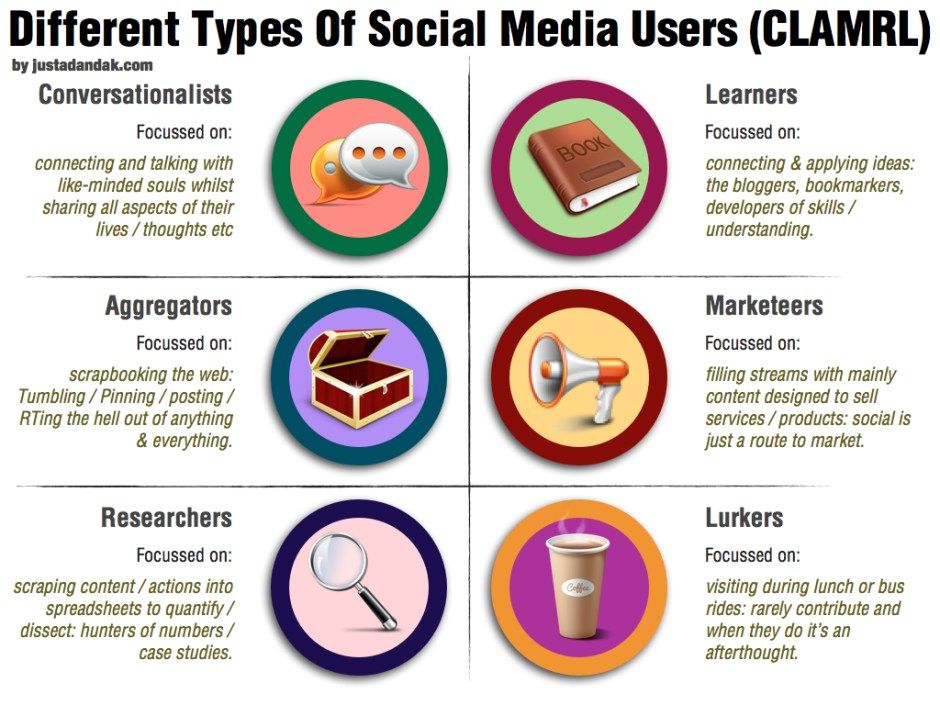
Enter: Attachment style, adulthood, and romantic relationships
“We unconsciously expect our romantic partners to act as our parents did, and therefore, we act in certain ways due to these expectations,” says Jordan. These tendencies play out whether or not we realize it.
According to a 2018 study, women score higher on anxiety and men score higher on avoidance when it comes to relationships. But these gender differences are small and have no direct impact on a person’s attachment style.
Regardless of your primary relationships, you can change attachment styles.
“The most important takeaway is realizing that someone can change from an insecure attachment style and develop healthy and secure bonds in future relationships,” explains Katarzyna Peoples, PhD, a relationship counselor and core faculty member at Walden University’s Counseling Education and Supervision doctoral program.
Secure attachment is defined by an ability to build healthy, long-lasting relationships, says Peoples.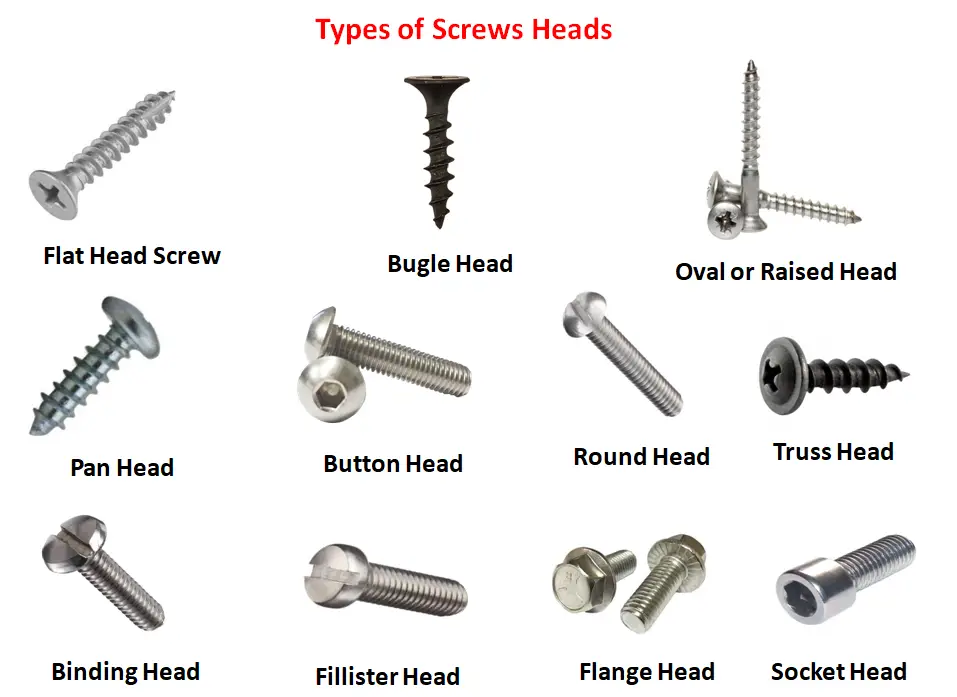
How it develops
Secure attachment is the result of feeling secure with your caregivers from childhood and being able to ask for reassurance or validation without punishment.
Ultimately, you felt safe, understood, comforted, and valued during your early interactions.
Your caregivers were probably emotionally available and aware of their own emotions and behaviors.
“Hence, children model (imitate) secure attachment as well as receive it from their caregivers,” Peoples adds.
Signs
Signs of a secure attachment style include:
- ability to regulate your emotions
- easily trusting others
- effective communication skills
- ability to seek emotional support
- comfortable being alone
- comfortable in close relationships
- ability to self-reflect in partnerships
- being easy to connect with
- ability to manage conflict well
- high self-esteem
- ability to be emotionally available
How it manifests in relationships
“Securely attached people grow up feeling secure emotionally and physically and can engage in the world with others in a healthy way,” says Peoples.
As a result, people with secure attachment styles tend to navigate relationships well. They’re generally positive, trusting, and loving to their partners.
“They trust their partners’ intentions and jealousy is often not an issue for them,” adds Peoples. “Securely attached people feel that they’re worthy of love and don’t need external reassurance.”
Avoidant, dismissive-avoidant, or anxious-avoidant are all words for the same insecure attachment style.
“[It’s] defined by failures to build long-term relationships with others due to an inability to engage in physical and emotional intimacy,” says Peoples.
How it develops
In childhood, you may have had strict or emotionally distant and absent caregivers.
Your caregivers may have:
- left you to fend for yourself
- expected you to be independent
- reprimanded you for depending on them
- rejected you when expressing your needs or emotions
- been slow to respond to your basic needs
“Some avoidant-producing parents are outright neglectful but others are simply busy, slightly disinterested, and more concerned with things like grades, chores, or manners than feelings, hopes, dreams, or fears,” adds Jordan.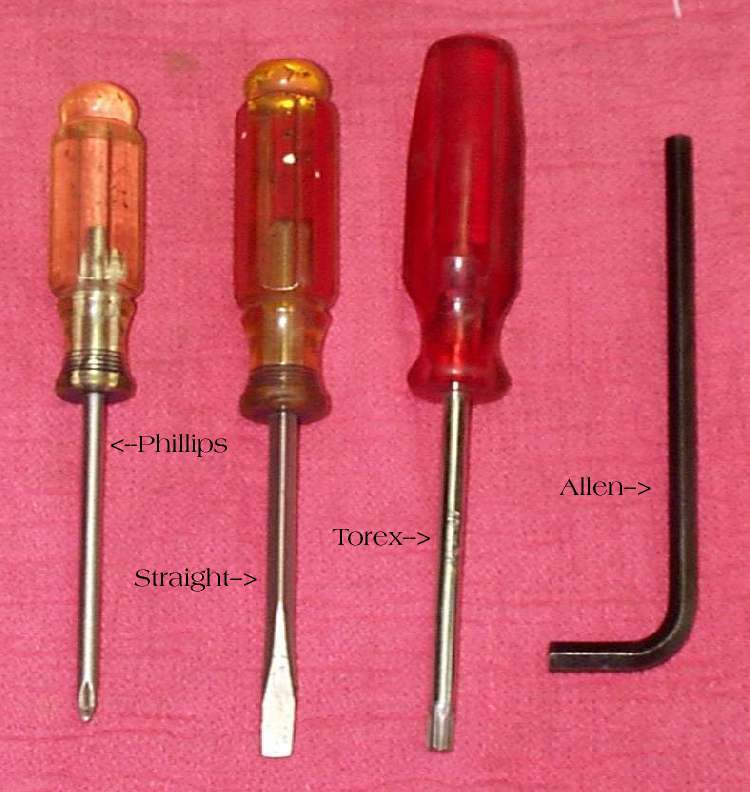
As a result, Peoples says these children may learn to adopt a strong sense of independence so they don’t have to rely on anyone else for care or support.
Signs
You might have an anxious-avoidant attachment style if you:
- persistently avoid emotional or physical intimacy
- feel a strong sense of independence
- are uncomfortable expressing your feelings
- are dismissive of others
- have a hard time trusting people
- feel threatened by anyone who tries to get close to you
- spend more time alone than interacting with others
- believe you don’t need others in your life
- “commitment issues“
How it manifests in relationships
Anxious-avoidant attached adults may tend to navigate relationships at an arm’s length, says Peoples.
“The need for emotional intimacy is simply lacking in this type of individual, so romantic relationships are not able to reach any level of depth,” she adds.
“While they allow romantic partners to engage with them, they avoid getting emotionally close,” Peoples explains.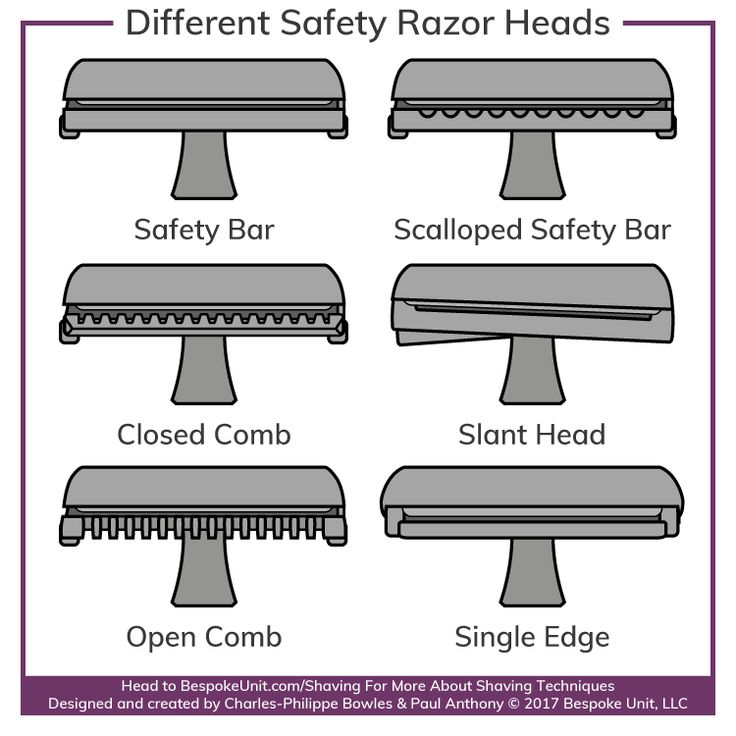 “A partner may feel as if they can never get inside and will inevitably be stone-walled or dismissed when the relationship feels too serious for the anxious-avoidant partner.”
“A partner may feel as if they can never get inside and will inevitably be stone-walled or dismissed when the relationship feels too serious for the anxious-avoidant partner.”
Anxious attachment style — also known as anxious-ambivalent or anxious-preoccupied — is another type of insecure attachment characterized by:
- fear of rejection
- fear of abandonment
- depending on a partner for validation and emotional regulation
- codependent tendencies
How it develops
This attachment style stems from inconsistent parenting that isn’t attuned to a child’s needs.
“These children have difficulty understanding their caregivers and have no security for what to expect from them moving forward. [They’re] often confused within their parental relationships and feel unstable,” says Peoples.
“Children with this attachment style experience very high distress when their caregivers leave. Sometimes, the parents will be supportive and responsive to the child’s needs while at other times, they will not be attuned to their children,” she adds.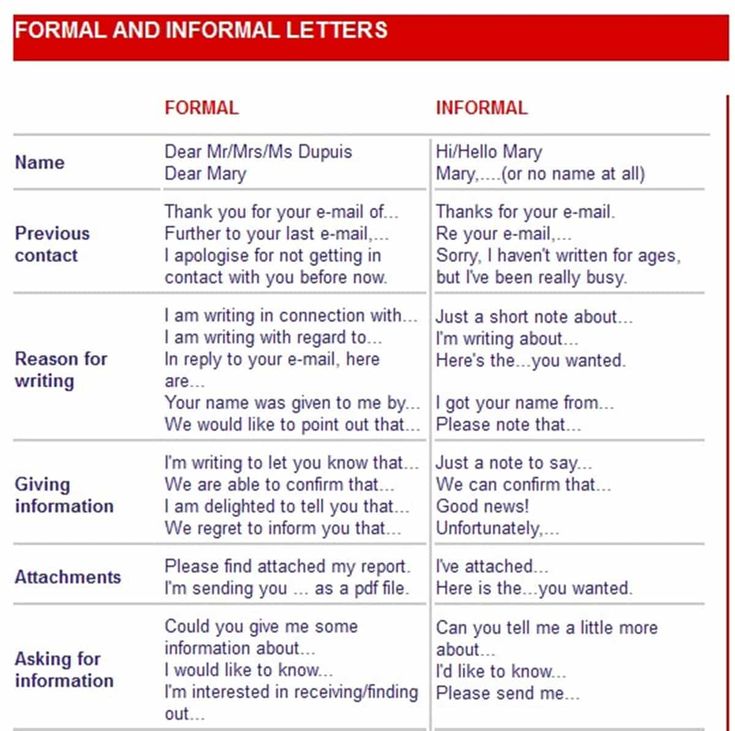
If you have an anxious attachment style, Jordan notes that your parents may have also:
- alternated between being overly coddling and detached or indifferent
- been easily overwhelmed
- been sometimes attentive and then push you away
- made you responsible for how they felt
“Therefore, these children often grow up thinking they are supposed to take care of other people’s feelings and often become codependent,” Peoples says.
Signs
Signs you might have an anxious attachment style include:
- clingy tendencies
- highly sensitive to criticism (real or perceived)
- needing approval from others
- jealous tendencies
- difficulty being alone
- low self-esteem
- feeling unworthy of love
- intense fear of rejection
- significant fear of abandonment
- difficulty trusting others
How it manifests in relationships
According to Peoples, people with anxious attachment styles usually feel unworthy of love and need constant reassurance from their partners.
“They often blame themselves for challenges in the relationship and can exhibit frequent and intense jealousy or distrust due to poor self-esteem,” she says.
Ultimately, there’s a deep-rooted fear of being abandoned, rejected, or alone. And those fears typically express themselves in these ways.
“Anxious-disorganized attachment is defined as having extremely inconsistent behavior and difficulty trusting others,” says Peoples.
How it develops
The most common causes of a disorganized attachment style are childhood trauma, neglect, or abuse. Fear of their parents (their sense of safety) is also present.
Children with this attachment style may seem confused.
“Caregivers are inconsistent and are often seen as sources of comfort and fear by their children, which leads to their disorganized behaviors,” explains Peoples.
Signs
Signs of a disorganized attachment style include:
- fear of rejection
- inability to regulate emotions
- contradictory behaviors
- high levels of anxiety
- difficulty trusting others
- signs of both avoidant and anxious attachment styles
Jordan notes that this type is also associated with mental health conditions in adulthood, including:
- mood disorders
- personality disorders
- self-harm
- substance use disorder
How it manifests in relationships
In relationships, people with disorganized attachment styles tend to have unpredictable and confusing behavior.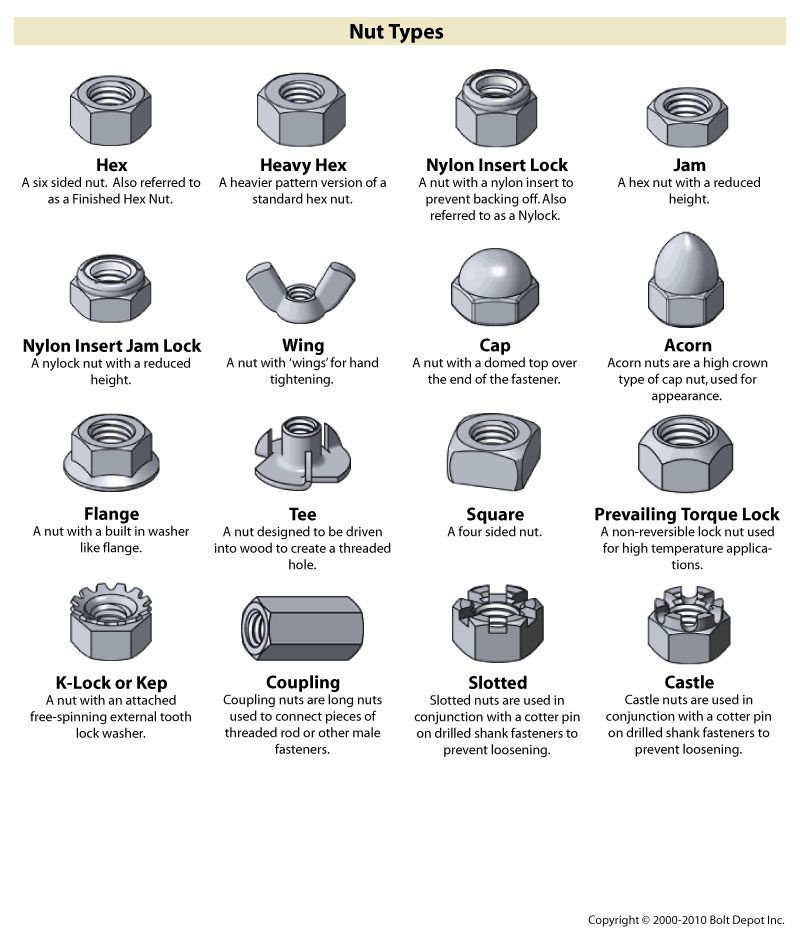 Jordan says they alternate between being aloof and independent and being clingy and emotional.
Jordan says they alternate between being aloof and independent and being clingy and emotional.
“While they desperately seek love, they also push partners away because of the fear of love,” says Peoples. “They believe that they’ll always be rejected, but they don’t avoid emotional intimacy. They fear it, and they also consistently seek it out, only to reject it again.”
“They perceive their partners as unpredictable, and they themselves behave in unpredictable ways within their relationships as they continue to wrestle between the need for security and fear,” she adds.
“Making sense of the way one interacts with their partner and knowing why they react in certain ways can make the journey of healing much easier,” says Peoples. “New patterns of thinking can emerge, and behaviors can be corrected.”
Beware, though: “The only reliable mechanisms for identifying adult attachment are the Adult Attachment Interview or the Adult Attachment Projective,” says Jordan, who notes that these tests are administered by highly trained research psychologists.
Peoples notes that people with insecure attachment styles might need further help if they want to develop a more secure attachment type.
“In many cases, the individual may need to talk to a counselor to make sense of their childhood experiences and how they affect future relationships,” she adds. “It may not be an easy journey, but it will be well worth it.
If you want to know what your attachment style is, you can take our medically-reviewed Attachment Style Quiz.
Avoidant, Anxious, Secure, and More
The attachment theory is probably one of the most studied when it comes to parenting. That’s not surprising. Although attachment in the early years centers on the relationship of a child and their caregiver (usually Mom), it also influences future relationships — including romantic ones.
Let’s take a closer look at how you (knowingly or unknowingly) shape how your child reacts in certain situations — and how it comes down to attachment style.
Parents have many roles: You teach your children, discipline them, and take them to the dentist.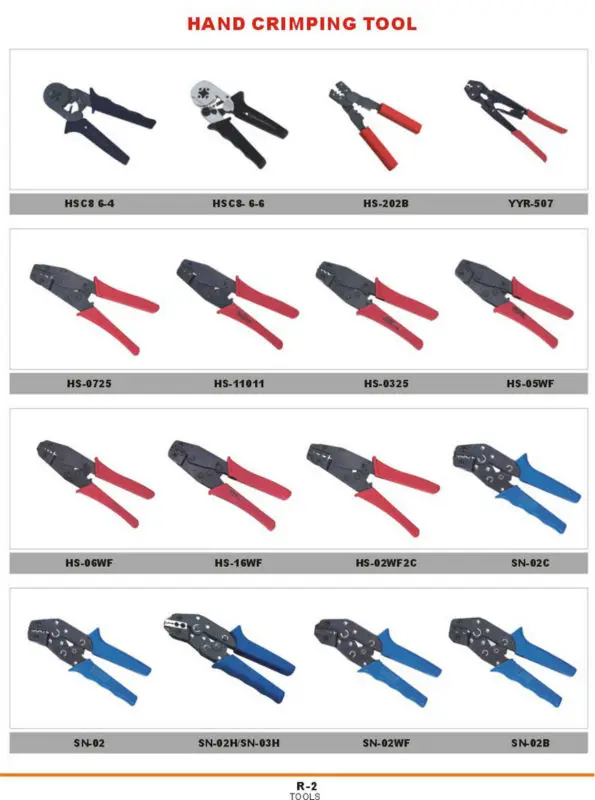 And whether you realize it or not, you also influence them just by being there.
And whether you realize it or not, you also influence them just by being there.
Your presence is about making your child feel loved, safe, secure, and protected. This leads to attachment.
The attachment theory was developed in the 1960s and 1970s by British psychologist John Bowlby and American Canadian psychologist Mary Ainsworth.
It discusses how parents (specifically moms) who are present and responsive to their baby’s needs give their child a safe base from which to venture forth with confidence to explore the big, wide world — and then return to for comfort.
So, you’re building a future. And here’s why:
- Raising your child in a way that makes them believe you’re there for them means that they actually experience less fear than children who aren’t raised that way.
- This precious feeling of trust is built during infancy, childhood, and adolescence — phew, you’re granted a good few years to get it right! — and influences future relationships.
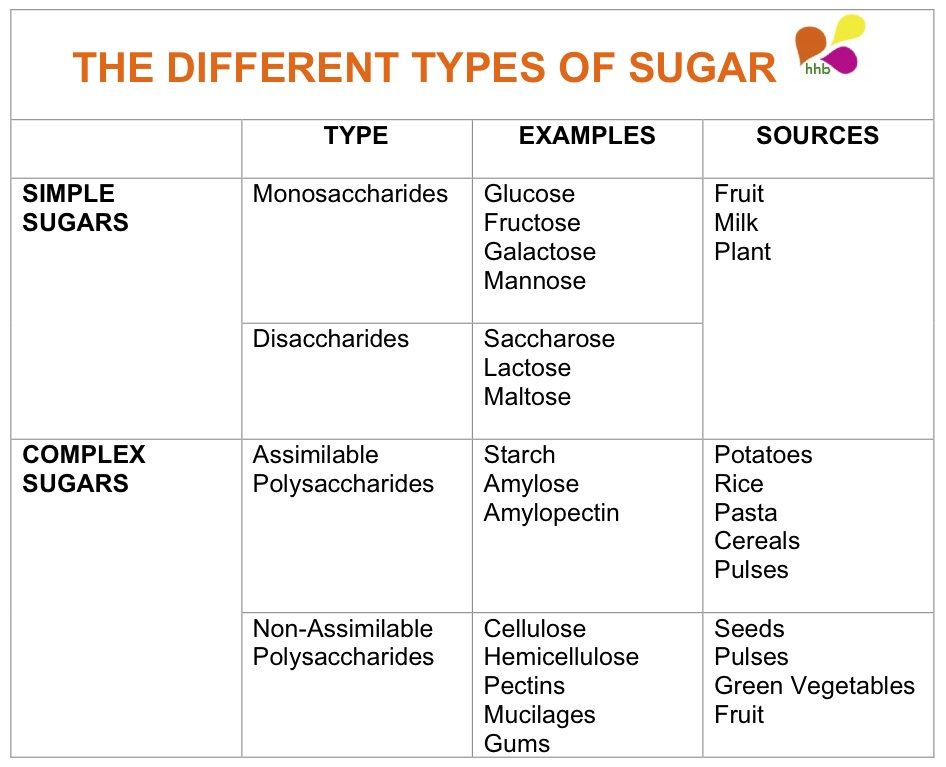 Take note, however, that at 6 months old, your baby is already beginning to anticipate your responses to their distress. And they’re already shaping their own behaviors to jive with those responses.
Take note, however, that at 6 months old, your baby is already beginning to anticipate your responses to their distress. And they’re already shaping their own behaviors to jive with those responses. - By giving your child positive caregiver experiences, they’ll trust that others can do the same.
Ainsworth defined three main types of attachment. Later researchers added a four type. These are:
- secure attachment
- anxious-insecure attachment
- avoidant-insecure attachment
- disorganized-insecure attachment
Secure attachment is what you’re aiming for. It happens when parents or other caregivers are:
- available
- sensitive
- responsive
- accepting
In relationships with secure attachment, parents let their children go out and about but are there for them when they come back for security and comfort.
These parents pick up their child, play with them, and reassure them when needed. So, the child learns they can express negative emotions and someone will help them.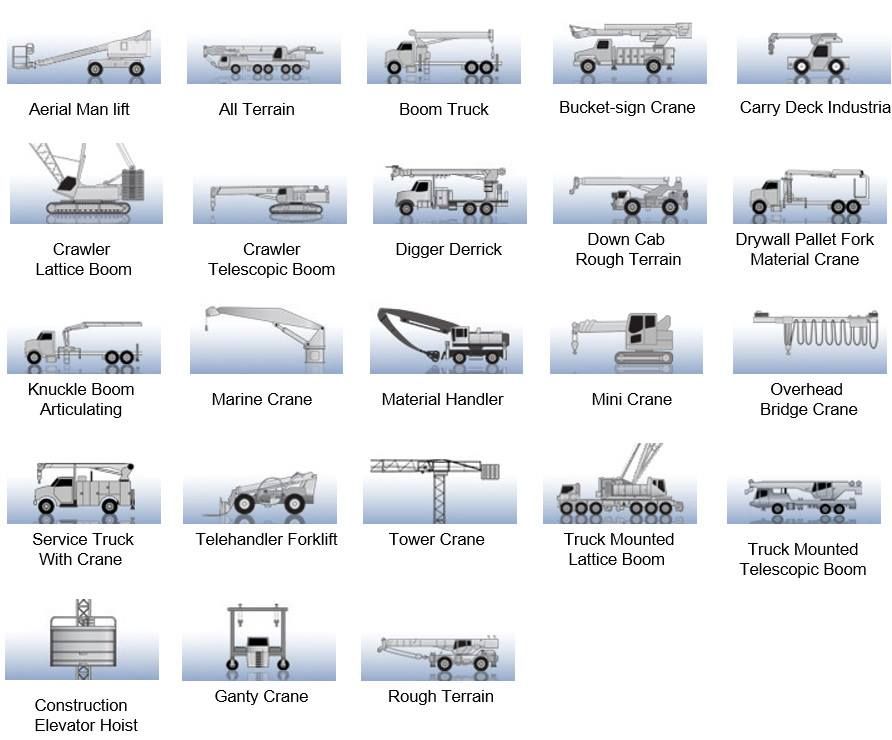
Children who develop secure attachment learn how to trust and have healthy self-esteem. Sounds like bliss! As adults, these children are in touch with their feelings, are competent, and generally have successful relationships.
This type of attachment happens when parents respond to their child’s needs sporadically. Care and protection are sometimes there — and sometimes not.
In anxious-insecure attachment, the child can’t rely on their parents to be there when needed. Because of this, the child fails to develop any feelings of security from the attachment figure.
And since the child can’t rely on their parent to be there if they feel threatened, they won’t easily move away from the parent to explore.
The child becomes more demanding and even clingy, hoping that their exaggerated distress will force the parent to react.
In anxious-insecure attachment, the lack of predictability means that the child eventually becomes needy, angry, and distrustful.
Sometimes, a parent has trouble accepting and responding sensitively to their child’s needs.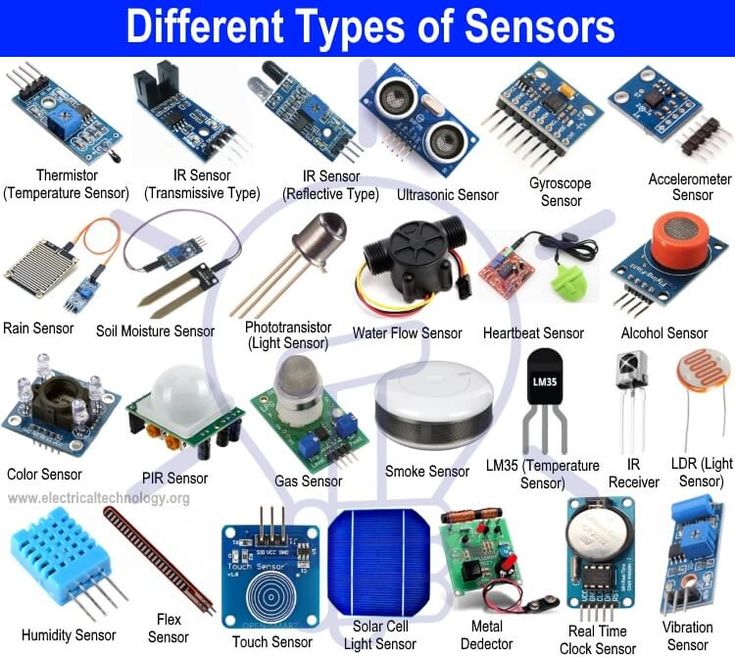 Instead of comforting the child, the parent:
Instead of comforting the child, the parent:
- minimizes their feelings
- rejects their demands
- doesn’t help with difficult tasks
This leads to avoidant-insecure attachment.
In addition, the child may be expected to help the parent with their own needs. The child learns that it’s best to avoid bringing the parent into the picture. After all, the parent doesn’t respond in a helpful manner.
In avoidant-insecure attachment, the child learns that their best bet is to shut down their feelings and become self-reliant.
Ainsworth showed that children with an avoidant-insecure attachment won’t turn to the parent when they’re distressed and try to minimize showing negative emotions.
About 15 percent of babies in groups with low psychosocial risk — and as many as 82 percent of those in high-risk situations — develop disorganized-insecure attachment, according to 2004 research.
In this case, parents show atypical behavior: They reject, ridicule, and frighten their child.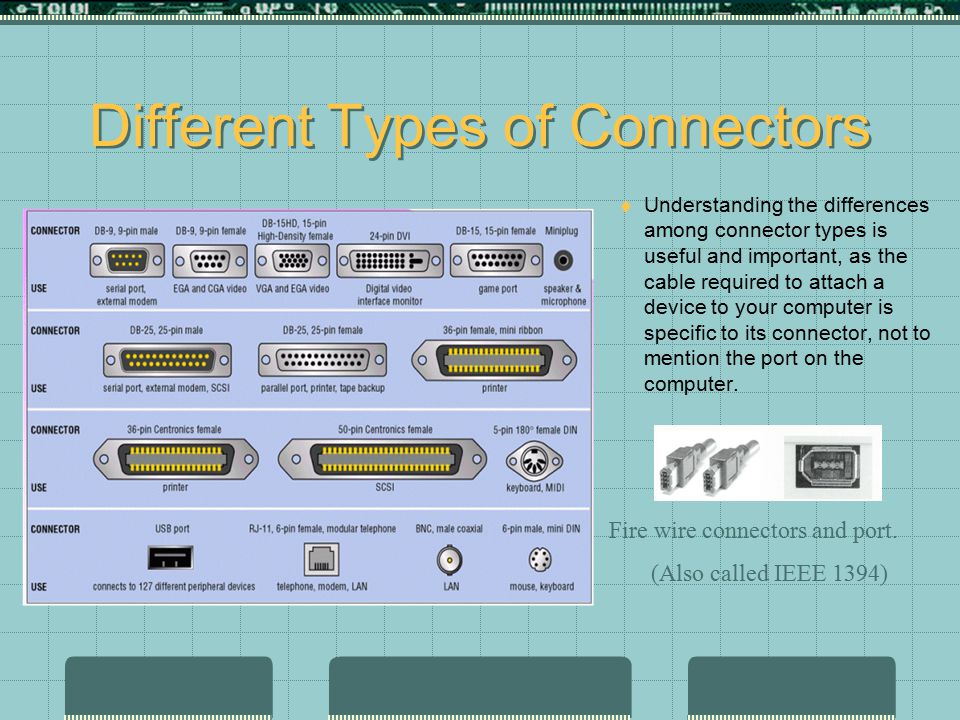
Parents who display these behaviors often have a past that includes unresolved trauma. Tragically, when the child approaches the parent, they feel fear and increased anxiety instead of care and protection.
The first three attachment styles are sometimes referred to as “organized.” That’s because the child learns how they have to behave and organizes their strategy accordingly.
This fourth attachment style, however, is considered “disorganized” because the child’s strategy is disorganized — and so is their resulting behavior.
Eventually, the child starts to develop behaviors that help them feel somewhat safe. For example, the child may:
- become aggressive toward the parent
- refuse care from the parent
- simply become super self-reliant
So, how do children with different attachment styles react in any given situation?
Secure attachment
- In her famous study (The Strange Situation), Ainsworth showed that children who are securely attached go to their parent (or other caregiver) for soothing when they feel insecure and are comforted quite easily.
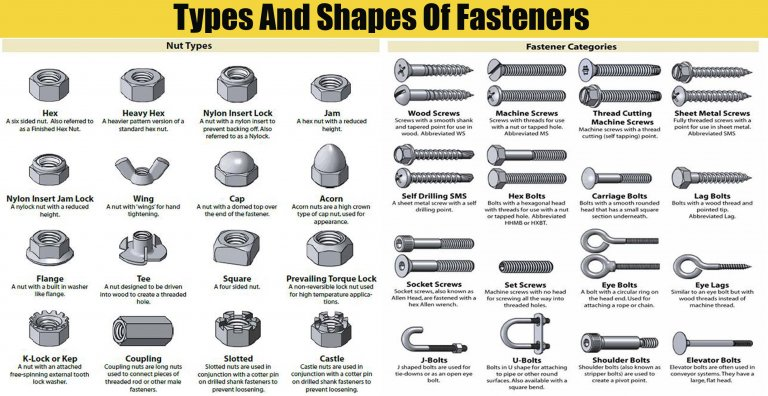
- The child shares how they feel: “I was shy in the new playgroup.”
- The child shows empathy for others and tries to comfort another child in distress.
Anxious-insecure attachment
- In The Strange Situation, children with anxious-insecure attachment weren’t easily comforted when distressed and took a long time to calm down.
- The child is reluctant to explore a new playground.
- The child clings and cries in an exaggerated manner when left with a new caregiver.
Avoidant-insecure attachment
- The child is at ease interacting with a stranger and won’t turn to their parent for comfort.
- The child is quite happy to run off and explore and won’t return to the safe base of their parent for a quick hug.
- The child is super self-reliant and prefers to figure out by themselves how to deal with a toy box lid that just won’t open.
Disorganized-insecure attachment
- The child may run to their parent for comfort when distressed, but at the same time will kick and struggle when the parent tries to comfort them.

- The child totally ignores the presence of the parent.
- The child appears dazed or confused when the parent is around.
Childhood attachment styles can affect the way adults feel and behave in their relationships. While that puts quite a burden on parents’ shoulders, it’s important to remember that everyone makes their own choices.
Secure attachment
Children who experienced secure childhood attachment generally move on to successful intimate relationships as adults.
They are honest, supportive, and comfortable with sharing their feelings. Secure attachment can prepare a child for other social challenges and this, in turn, leads to their success.
Anxious-insecure attachment
Clingy children may grow into clingy adults.
Adults with an anxious-insecure attachment are more likely to become demanding and possessive in relationships and even codependent. They’re constantly second-guessing whether they’ve done too much — or too little — for their relationship.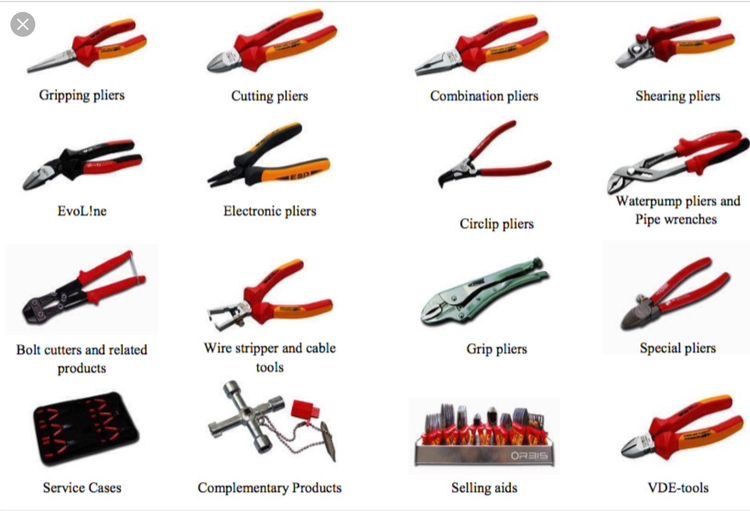
Related: 8 tips for overcoming codependence
Avoidant-insecure attachment
Do you know someone who just won’t commit? Adults with avoidant-insecure attachment may avoid relationships, period. They’re more likely to be dismissive and fearful and keep others at a distance.
Disorganized-insecure attachment
The 2004 research mentioned earlier suggested that teens who had this type of attachment with their primary caregiver as babies had higher levels of overall psychopathology at age 17.
They were also more likely to show impaired formal operational skills and have trouble with self-regulation as they got older.
Bowlby believed the attachment styles that you develop in your early years remain relatively unchanged for the rest of your life. He suggests that people react according to an “if, then” paradigm: “If I am upset, then I can count on my partner to support me (or not).”
Luckily, neuroscience has shown us that things aren’t as simple as that.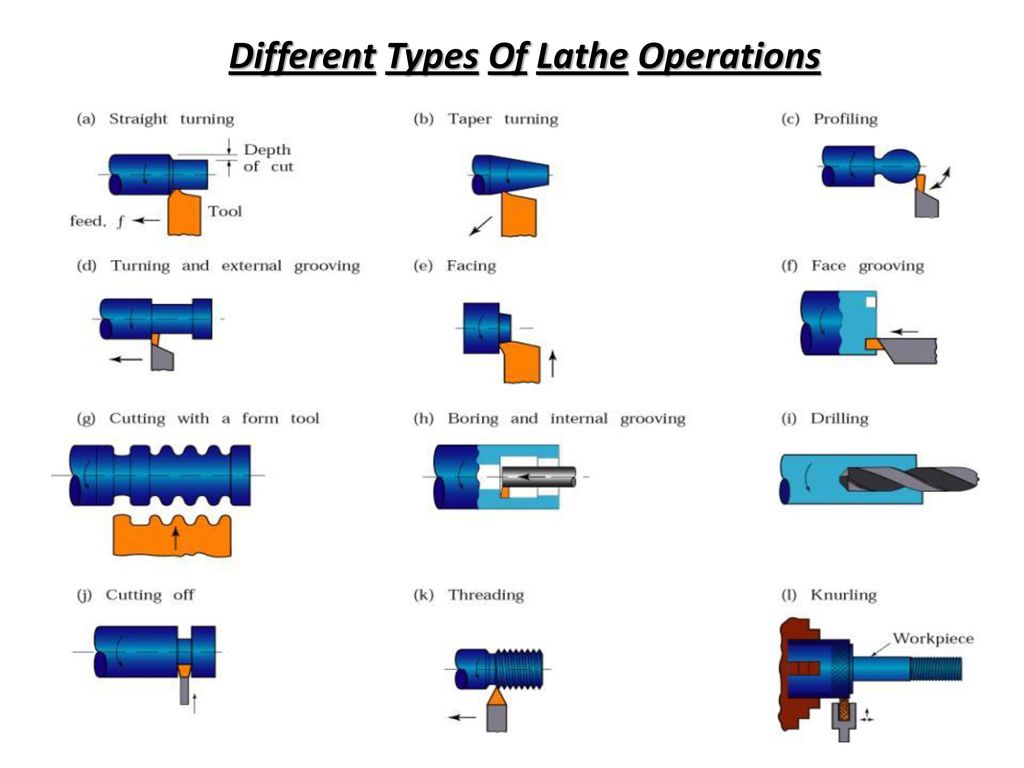
We can change the way our brains work. The first step is noticing there’s a problem and deciding you want to make a change. The second is actually making that change.
A 2018 study, for example, shows show that cognitive behavioral therapy may lead to significant changes.
Parenting is about sculpting a future for your child. Aim to be there for them — emotionally and physically — and you can encourage the secure attachment that leads to the healthiest behaviors in adulthood.
Don’t worry if you don’t always get it right. And if you feel that you’d like to work toward changing your own attachment style, remember that nothing is carved in stone.
What are attachments? (+ free trial period)
What is an investment?
Attachments are files that are attached to e-mail messages. Typically, these are photos, documents, Excel spreadsheets, PDF files, videos, and other types of files. In most cases, one email message can contain multiple attachments at the same time.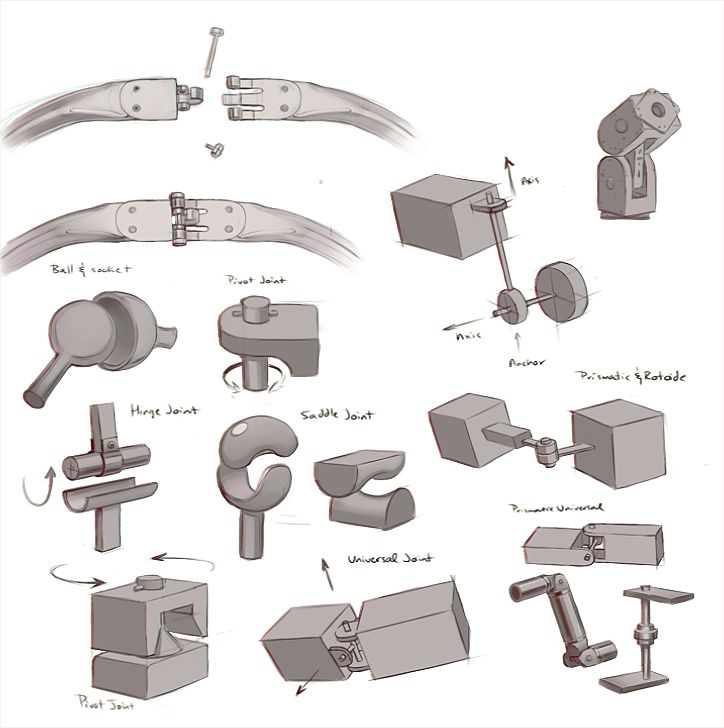
What is the use of investments?
Attachments are useful because they allow users to quickly and easily share documents and images. In addition, attachments improve productivity and communication by allowing users to attach screenshots of errors, user manuals, and other documents to conversation threads, and use them to more accurately and easily communicate the essence and meaning of messages to the recipient.
How and where can I attach LiveAgent attachments?
LiveAgent allows users to drag and drop files (images, audios, videos, documents) into:
- Ticket fields (e-mail messages)
- Chat messages
- Contact forms
- Knowledge base articles
What types of files can I attach to tickets in LiveAgent?
Currently, we support all types of files, including the following:
- JPG
- PNG
- DOC
- TXT
0 9000 Certain Completely, Certain Subper If you wish to restrict users from uploading certain types of files to contact forms or chat messages, this can be done in the LiveAgent system settings.
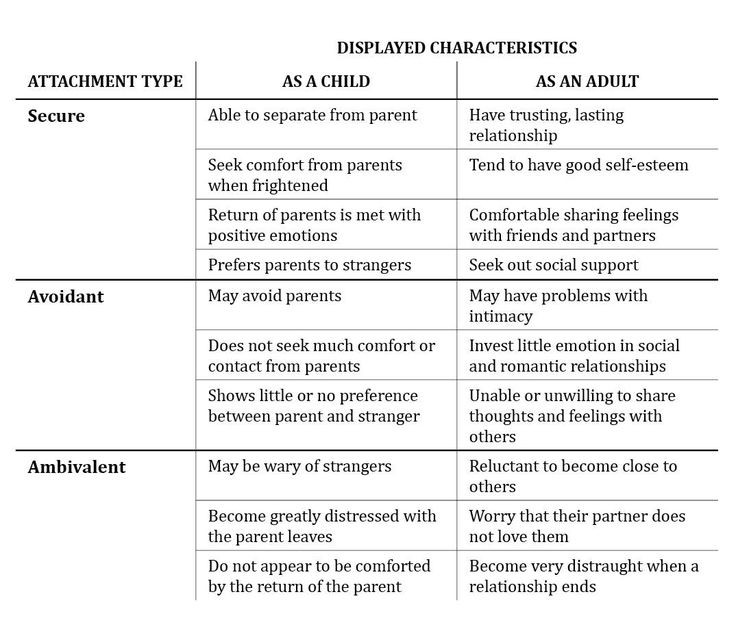
Here's how to do it:
- Log in to LiveAgent.
- Click ‘ Configuration ’ (gear icon in left side menu bar).
- Press ‘ Protection ’.
- Press ‘ Settings ’.
- Locate the 'Acceptable file types' section (this is the first text field in the settings).
- Separate by commas the types of files that you want to allow (file types that you do not specify in this field will not be supported and users will not be able to exchange files of this type with you).
- Scroll to the bottom of the page and click ‘ Save ’.
How large can attachments be?
Each attachment to tickets and chat messages is limited to 128 MB. However, keep in mind that your and the other person's email clients will most likely not let through attachments of this size, since most email clients limit attachments to 20 MB (which is the recommended maximum attachment size).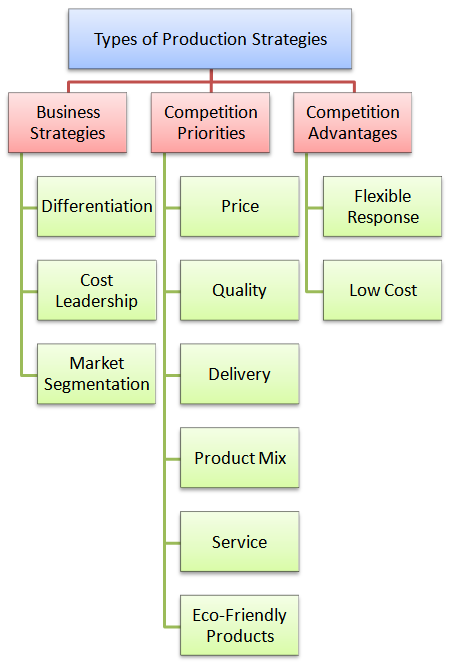
Send attachments with ease
Use our drag and drop feature to easily send attachments on live chat, or email. Try it today. No credit card required.
Start free 14-day trial Schedule a demo
Attachments to Ticket Fields (Email Messages)
Formatting an email message can be tricky, especially if you plan to place your images at specific points in your message body. However, the LiveAgent system allows you to insert images into the body of your posts using the Insert image button or the copy and paste feature. Please note that the system does not restrict the types of files that can be sent via email.
Message body imageAttachments in live chat conversations
By default, the LiveAgent Live Chat widget supports attachments of all file types, but if you want to allow users to attach only certain types of files, you can do so by following the instructions above. Please note that attachments are also supported in the internal chat, making it very easy for colleagues to share files with each other and facilitate collaboration.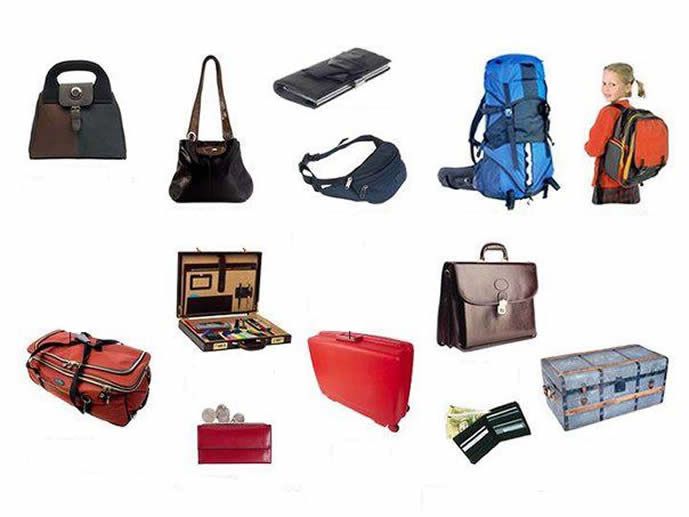 In addition, both in the internal chat and in the external one, attachments can be attached using the drag and drop method.
In addition, both in the internal chat and in the external one, attachments can be attached using the drag and drop method.
Contact form attachments
Our contact forms support all types of file attachments by default, however, if you wish to restrict the ability to send certain types of attachments, you can do so by following the instructions above. Drag and drop file attachments available in contact forms
Attachments to knowledge base articles
By adding attachments to your knowledge base articles, you will make your user guides and step-by-step instructions more useful and valuable to your customers, which in turn will reduce the number of tickets incoming support and improve customer satisfaction. Drag and drop file attachments available in knowledge base articles
Knowledge Base Resources
Want to learn more about LiveAgent's cutting-edge customer support functionality? Explore our knowledge base articles, website information pages, blog posts, webinars, or watch the videos on our YouTube channel for more information on this topic.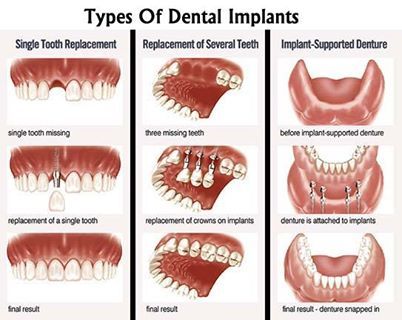
- Free online chat (description)
- Free online chat
- Webinars
- Free online chat for your website (+ video)
- Discover the fastest live chat on the market (description)
- The best online chat in 2021 (+ free trial period)
- Customer support chat (description)
- Chat software [description]
Ready for increasing the effectiveness of your communication through attachments?
Enhance your communications with the attachment feature by taking advantage of our free, full-featured 14-day trial period. Try our software package today! This does not imply any obligation on your part, and you will not need to enter your bank card details either.
Try LiveAgent now
We offer you assistance in transferring your data to us from the most popular third party Help Desk systems.
Over 3000 reviews
Create PDF files from email attachments
Create PDF files from email attachments The program allows you to create PDF files from email attachments in Microsoft Outlook.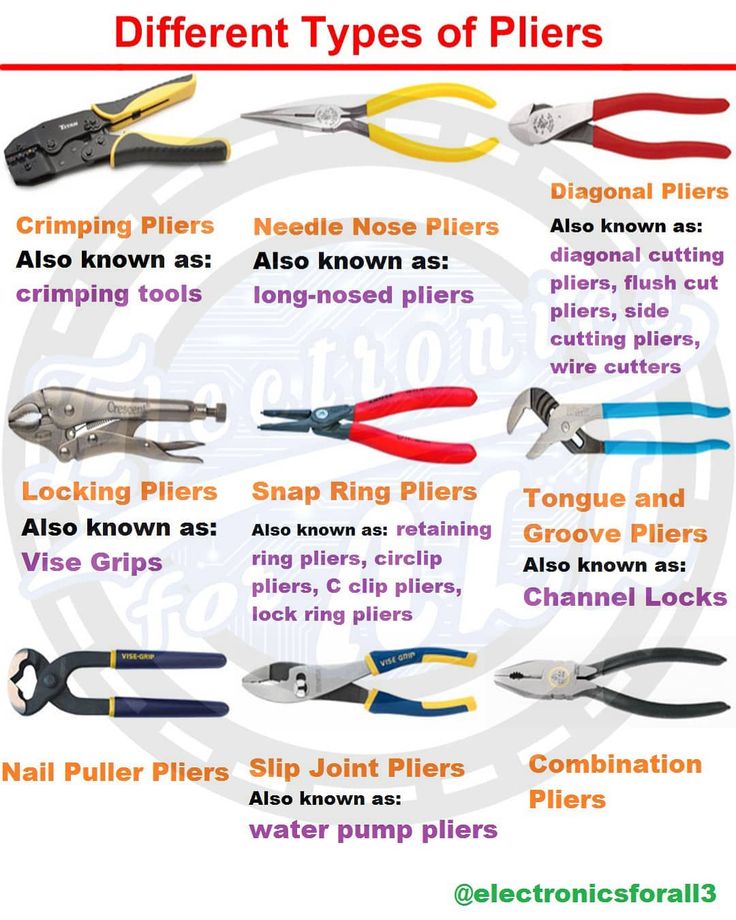
File creation is triggered by tool Create PDF file from attachments found in the Kofax ribbon in the main window and in the open message window. The command becomes active only when the selected message has an attachment.
This command works with attachments in the currently opened message. For each attachment, one PDF file is created with the same name as the attachment file. You can specify one destination for generated PDFs. If the attachment is a PDF file, it is simply saved to the specified location without processing. If the attachments are of different file types, the PDF files are saved directly and other files are converted to PDF format.
If the conversion is not possible, a warning will be displayed. Image files (BMP, JPG, PNG, TIF, etc.), XPS, PS and EPS files are processed directly. Other documents (such as Word files) are output to the PDF Create printer. The application associated with that file type must be installed on the system.
When you use this feature for the first time, the files are saved in [My Documents]\PDF Favorites\Outlook Archive by default. It can be changed by clicking the Browse button in the Attached Files List dialog box, as described below.
The following description is for Microsoft Outlook.
Parameter setting
-
Click the Settings button on the Kofax PDF for Outlook ribbon.
-
On the Create PDF tab of the Options dialog box, specify how messages with multiple attachments are handled.
Create PDF files from attachments
-
Select a message with one or more attachments in supported formats.
-
Select the Generate PDF from Attachments tool shown above on the Kofax PDF for Outlook ribbon.
-
If option Convert all attachments is off, PDF files will be saved in the folder last used for saving.
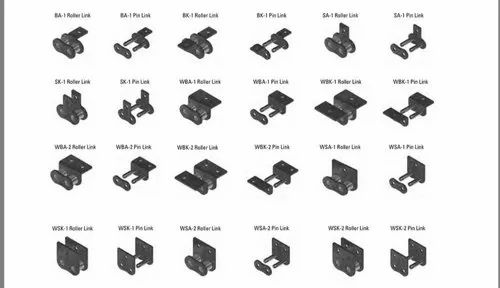
-
If prompting has been configured, the dialog box List of attachments allows you to select the attachments you want to convert.
-
A folder for saving files will be suggested. To change it, click the Browse button. Click the OK button to start creating files.
-
In either case, the Results window will be displayed with a conversion report. With it, you can open the folder with the resulting files or view the resulting PDF file by double-clicking on its name.
Tip
If you want to change the automated save folder, enable prompting in the Options section. This will change the destination folder. Then restore automatic conversion in the options section.
Create and import PDF files
When preparing outgoing mail, you can select non-PDF files on your local computer to convert them to PDF and attach them to the message. See the next section: Create PDF files to send as attachments.